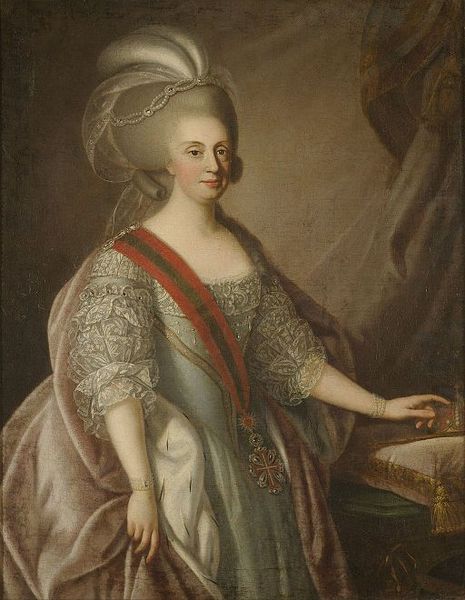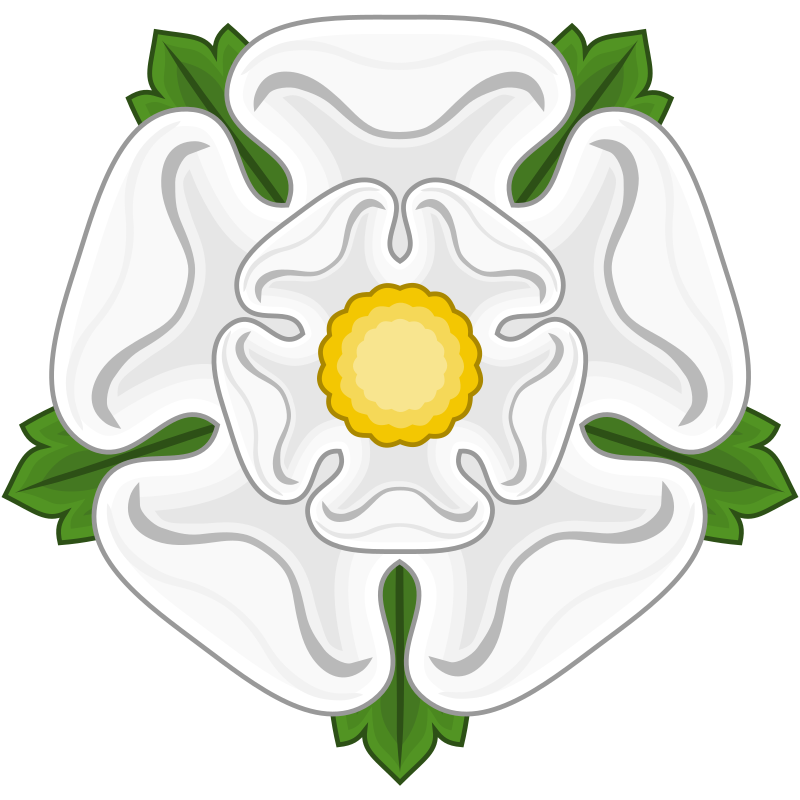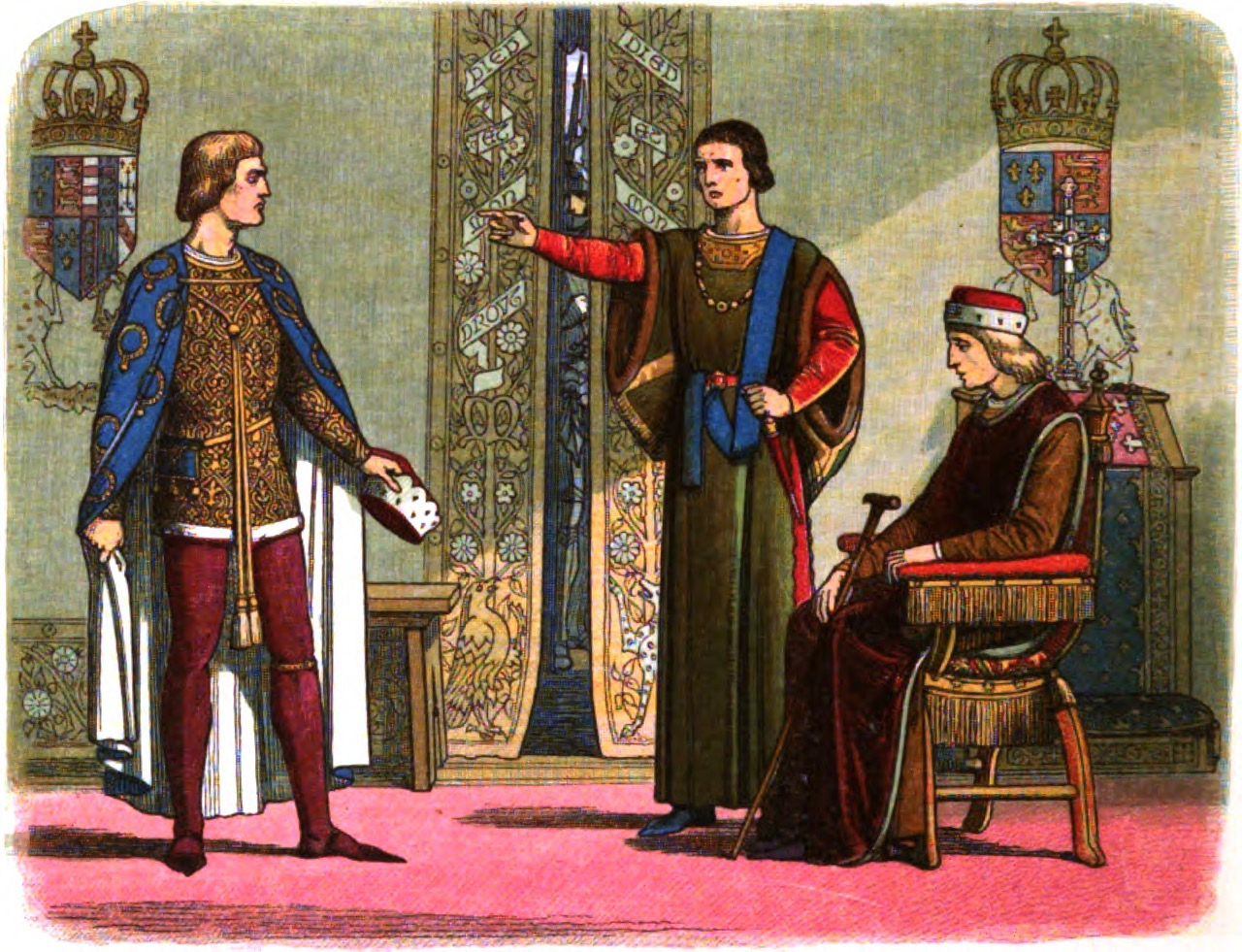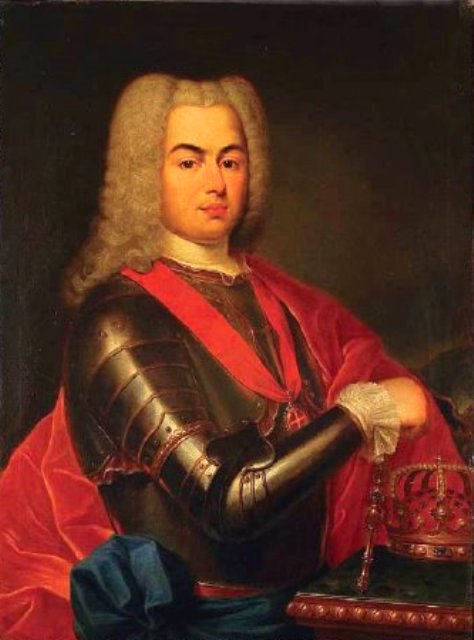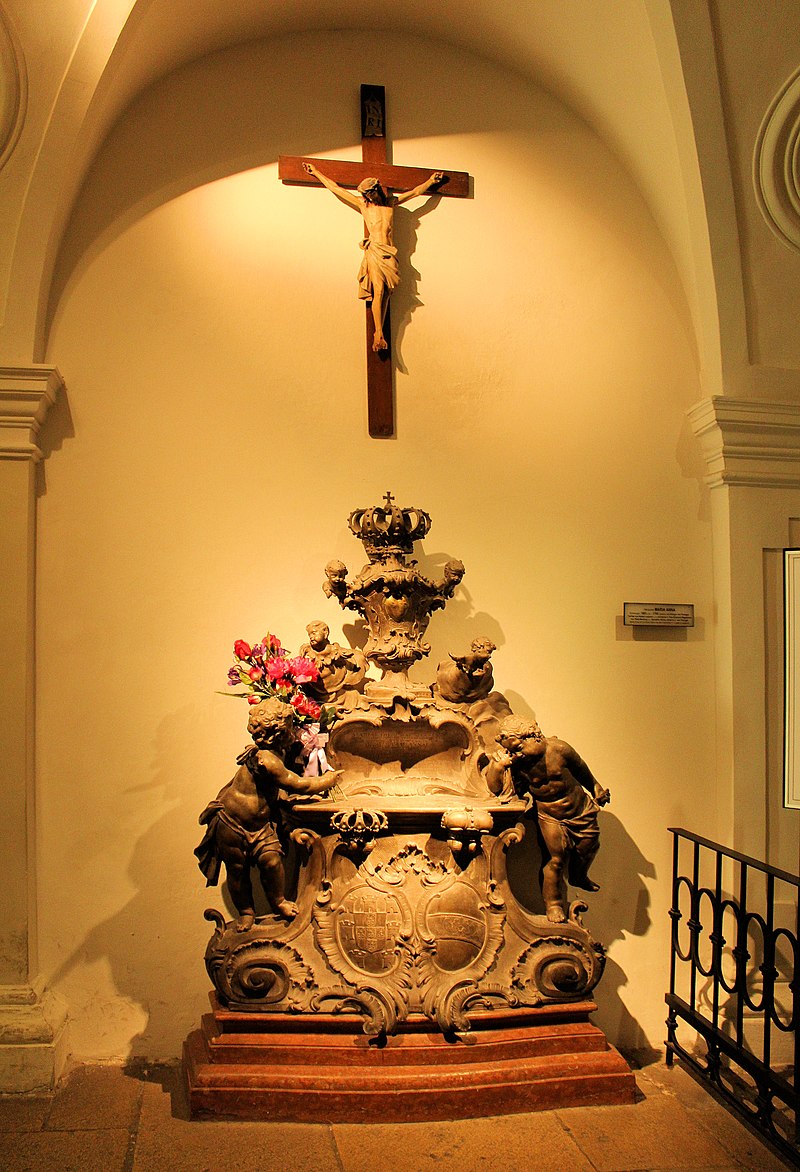by Susan Flantzer
© Unofficial Royalty 2022

Carlota Joaquina of Spain, Queen of Portugal; Credit – Wikipedia
Carlota Joaquina of Spain was the wife of João VI, King of Portugal. She was detested by members of the Portuguese royal court who called her Megera de Queluz – the Shrew of Queluz. She conspired against her husband several times and was eventually placed under house arrest at the Palace of Queluz.
Carlota Joaquina Theresa Marcos Cayetana Coleta Francisca de Sales Rafaela Vizenta Ferrer Juana Nepomucena Fernanda Josepha Luisa Sinforosa Antonia Francisca Bibiana Maria Casilda Rita Genara y Pasquala was born at the Royal Palace of Aranjuez in Spain on April 25, 1775. She was the second of the fourteen children and the eldest of the six daughters of Carlos IV, King of Spain and his first cousin Maria Luisa of Parma. Her paternal grandparents were Carlos III, King of Spain and Maria Amalia of Saxony. Carlota Joaquina’s maternal grandparents were Augustus III, King of Poland, Elector of Saxony and Maria Josepha of Austria.

The Family of Carlos IV by Francisco de Goya, 1800; L to R: Infante Carlos, Count of Molina; the artist Francisco de Goya at the easel; the future King Fernando VII, Infanta Maria Josepha (sister of Carlos IV); a young woman whose face cannot be seen who is representing the future wife of King Fernando VII; Infanta Maria Isabel; Maria Luisa of Parma, Queen of Portugal; Infante Francisco de Paula; King Carlos IV; Infante Antonio Pascual (brother of Carlos IV); Carlota Joaquina or her sister Infanta Maria Amalia; Carlo Ludovico of Parma (husband of Maria Luisa); Infanta Maria Luisa; child in the arms of Maria Luisa, her son, the future Carlo II Ludovico, Duke of Parma
Carlota Joaquina had thirteen siblings:
- Carlos Clemente, Infante of Spain (1771 – 1774), died in infancy
- Maria Luisa, Infanta of Spain (1777 – 1782), died in childhood
- Maria Amalia, Infanta of Spain (1779 – 1798), married her paternal uncle Infante Antonio Pascual of Spain, died after giving birth to a stillborn son
- Carlos Domingo, Infante of Spain (1780 – 1783), died in childhood
- Maria Luisa, Infanta of Spain, Duchess of Lucca (1782 – 1824), married Carlo Ludovico of Parma, King of Etruria, had two children
- Carlos Francisco de Paula, Infante of Spain (1783 – 1784), twin of Felipe Francisco de Paula, died in infancy
- Felipe Francisco de Paula, Infante of Spain (1783 – 1784), twin of Carlos Francisco de Paula, died in infancy
- Fernando VII, King of Spain (1784 – 1833), married (1) Maria Antonia of Naples and Sicily, no children (2) his niece, Carlota Joaquina’s daughter Maria Isabel of Portugal, had one daughter who died in infancy and one stillborn daughter, died in childbirth (3) Maria Josepha Amalia of Saxony, no children (4) Maria Christina of the Two Sicilies, had two daughters including Queen Isabella II of Spain
- Carlos, Infante of Spain, Count of Molina (1788 – 1855, married (1) Maria Francisca, Infanta of Portugal, had three sons (2) Maria Teresa, Infanta of Portugal (sister of his first wife), no children
- Maria Isabel, Infanta of Spain (1789 – 1848), married (2nd wife) Francesco I, King of the Two Sicilies, had twelve children
- Maria Teresa, Infanta of Spain (1791 – 1794), died in childhood from smallpox
- Felipe Maria, Infante of Spain (1792 – 1794), died in childhood
- Francisco de Paula, Infante of Spain (1794 – 1865), married (1) his niece Luisa Carlotta of Naples and Sicily, had eleven children (2) Teresa de Arredondo y Ramirez de Arellano (morganatic marriage), had one son
Carlota Joaquina was brought up in the strict and austere Spanish court that imposed rigid norms of behavior and etiquette on the royal family and the entire court. She had a very strict Catholic upbringing and studied religion, geography, painting, and horseback riding which she loved.

Carlota Joaquina of Spain in 1785, the year of their marriage; Credit – Wikipedia
Before Carlota Joaquina was ten-years-old, her marriage was arranged by her paternal grandfather Carlos III, King of Spain and his sister Mariana Victoria, Dowager Queen of Portugal to improve relations between the two countries. Her groom was to be João, Infante of Portugal, the 18-year-old grandson of Mariana Victoria, Dowager Queen of Portugal. João was the second surviving son of Maria I, Queen of Portugal and her husband and paternal uncle Pedro III, King of Portugal. Pedro was Maria I’s co-ruler but he was only a nominal king because the actual regal authority was vested solely in Maria I. However, before the marriage arrangements could be finalized, Carlota Joaquina had to undergo a series of public examinations in front of the Spanish court and Portuguese ambassadors sent on behalf of Queen Maria I of Portugal. She passed the examinations with flying colors.

João VI, King of Portugal; Credit – Wikipedia
Because Carlota Joaquina and João were related and because the bride was only ten years old, the marriage required a papal dispensation. A proxy marriage was held in Spain on May 8, 1785, and three days later, Carlota Joaquina left for Lisbon, Portugal. The in-person wedding took place in the chapel of the Ducal Palace of Vila Viçosa on June 9, 1785. Due to the bride’s young age, the consummation of the marriage was delayed for five years.
Carlota Joaquina and João had nine children:
- Maria Teresa of Braganza, Infanta of Portugal (1793 – 1874), married (1) her first cousin Infante Pedro Carlos of Spain and Portugal, had one son (2) her maternal uncle Infante Carlos of Spain, Count of Molina, widower of her sister Maria Francisca, no children
- Francisco António of Braganza, Infanta of Portugal, Prince of Beira (1795 – 1801), died in childhood
- Maria Isabel of Braganza, Infante of Portugal (1797 – 1818), married her paternal uncle (2nd wife) Ferdinand VII, King of Spain, had one daughter who died in infancy and one stillborn daughter, Maria Isabel died due to childbirth complications
- Pedro I, Emperor of Brazil/Pedro IV, King of Portugal (1798 – 1834), married (1) Maria Leopoldina of Austria, had seven children, Maria Leopoldina died due to complications of a miscarriage (2) Amélie of Leuchtenberg, had one daughter
- Maria Francisca of Braganza, Infanta of Portugal (1800 – 1834), her maternal uncle Infante Carlos of Spain, Count of Molina, had three children
- Isabel Maria of Braganza, Infanta of Portugal (1801 – 1876), unmarried, Regent of Portugal (1826 to 1828)
- Miguel I, King of Portugal (1802 – 1866), King of Portugal (1828 – 1834), forced to abdicate, married Adelaide of Löwenstein-Wertheim-Rosenberg, had seven children
- Maria da Assunção of Braganza, Infanta of Portugal (1805 – 1834), died unmarried
- Ana de Jesus Maria of Braganza, Infanta of Portugal (1806 – 1857), married Nuno José Severo de Mendonça Rolim de Moura Barreto, Marquis of Loulé and Count of Vale de Reis, had five children
In 1788, João’s elder brother José died from smallpox at the age of twenty-seven. As José’s marriage had produced no children, 21-year-old João became the heir to the throne of Portugal and received the titles Prince of Brazil and Duke of Braganza, and Carlota Joaquina received the female counterparts of the titles. João would soon have to take a leadership role due to his mother’s mental instability which was first noticed in 1786 when she had to be carried back to her apartments in a state of delirium. Queen Maria I’s mental instability continued to worsen. The deaths of her husband Pedro III in 1786, her eldest son and heir José in 1788, and her confessor Inácio de São Caetano, Archbishop of Salonica in 1788 may have caused major depressive disorder. Another potential causal factor of her mental instability may have been inbreeding, as Maria I’s two unmarried sisters Maria Ana Francisca and Maria Doroteia had similar conditions. In 1792, João took over the government on his mother’s behalf but he did not assume the title of Prince Regent until 1799.

João and Carlota Joaquina; Credit – Wikipedia
When João became Prince Regent, Carlota Joaquina would often interfere in matters of state, trying to influence her husband’s decisions. Her attempts at meddling in politics displeased the Portuguese nobility and the Portuguese people. Because she was excluded from government decisions, Carlota Joaquina plotted to remove João from his position as Prince Regent by arresting him and declaring that like his mother, he was incapable of ruling. The plot was discovered in 1805 and an investigation and the arrest of those involved were proposed. João wanted to avoid a public scandal and instead of an investigation and arrests, he confined Carlota Joaquina to the Palace of Queluz, and he moved to the Palace of Mafra, effectively causing a marital separation.
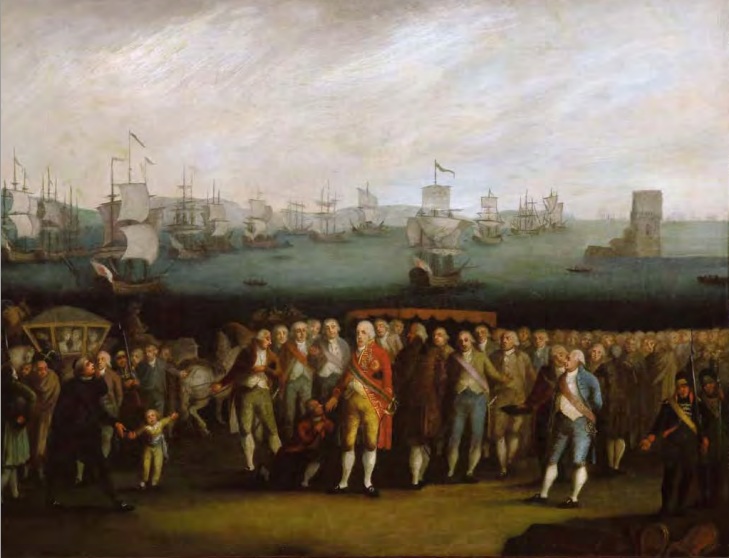
The Royal Family of Portugal and their entourage leaving for Brazil; Credit – Wikipedia
In late 1807, Spanish and Napoleonic forces threatened Portugal, causing Prince Regent João, in the name of his mother Queen Maria I, to move the royal court from Lisbon to Rio de Janeiro, in the Portuguese colony of Brazil. While in Brazil, Carlota Joaquina concocted another scheme. After Napoleon invaded Spain, King Fernando VII of Spain, Carlota Joaquina’s younger brother, was forced to abdicate and give the Spanish throne to Napoleon’s brother Joseph Bonaparte. Napoleon kept Fernando under guard in France for six years at the Château de Valençay until the Treaty of Valençay on December 11, 1813, provided for the restoration of Fernando as King of Spain. Between 1808 and 1812, Carlota Joaquina intended to replace her brother Fernando VII as Regent of Spain for the duration of his confinement and Joseph Bonaparte’s usurpation of the Spanish throne. She planned to send an army to occupy Buenos Aires on the Río de la Plata, in the Spanish colony of Argentina, and style herself “Queen of La Plata”. The plan failed as the Portuguese-Brazilian forces only managed to annex the eastern banks of the Rio de la Plata which remained part of the Empire of Brazil until the disputed land seceded in 1828 as the Republic of Uruguay.
On March 20, 1816, Maria I, Queen of Portugal died, aged 81, at the Carmo Convent in Rio de Janeiro, Brazil, and Carlota Joaquina’s husband succeeded her as João VI, King of Portugal. In 1821, after a series of revolutions and army mutinies in Portugal, João VI, under pressure from the Portuguese parliament, departed Brazil for Portugal, leaving behind his eldest son Pedro as Regent of Brazil. Upon his return to Portugal, João VI, under pressure, called a constitutional Cortes Gerais, consisting of all three estates – the nobility, clergy, and bourgeoisie – to draft a constitution that made Portugal a constitutional monarchy. João VI made vows to uphold the new constitution. However, João’s wife Carlota Joaquina had other ideas.

Carlota Joaquina’s youngest son Miguel; Credit – Wikipedia
Carlota Joaquina allied with her youngest son Miguel, who shared his mother’s conservative views. In 1824, using Miguel’s position as army commander, they took power and held João VI as a virtual prisoner in the palace. Carlota Joaquina tried to make João VI abdicate in favor of his son Miguel. João VI received help from a British naval fleet in the port. From aboard a Royal Navy warship, João VI reprimanded his son Miguel, deposed him from command of the army, and exiled him. João VI then returned to Bemposta Palace, reorganized the council of ministers, and showed generosity to the others who had rebelled. Later in the year, another rebellion organized by João VI’s wife Carlota Joaquina was discovered and she was placed under house arrest in the Palace of Queluz.
On March 4, 1826, after returning from a visit to the Jerónimos Monastery in Lisbon, João VI suddenly fell ill with symptoms that included vomiting and convulsions, and died on March 10, 1826, aged 58. Doctors could not definitively determine a cause of death but it was suspected that João VI had been poisoned. In 2000, a team of researchers exhumed the ceramic pot that contained João VI’s heart. An analysis of his heart detected enough arsenic to kill two people, confirming suspicions that João VI had been murdered.

Carlota Joaquina, circa 1825; Credit – Wikipedia
For the rest of her life, Carlota Joaquina remained confined in the Palace of Queluz, where she died alone and abandoned by her children on January 7, 1830, at the age of 56. She was interred in the Royal Pantheon of the House of Braganza at the Monastery of São Vicente de Fora in Lisbon, Portugal.

Royal Pantheon of the House of Braganza at the Monastery of São Vicente de Fora Credit – Wikipedia Commons
This article is the intellectual property of Unofficial Royalty and is NOT TO BE COPIED, EDITED, OR POSTED IN ANY FORM ON ANOTHER WEBSITE under any circumstances. It is permissible to use a link that directs to Unofficial Royalty.
Works Cited
- En.wikipedia.org. 2022. Carlota Joaquina of Spain – Wikipedia. [online] Available at: <https://en.wikipedia.org/wiki/Carlota_Joaquina_of_Spain> [Accessed 21 June 2022].
- En.wikipedia.org. 2022. Charles IV of Spain – Wikipedia. [online] Available at: <https://en.wikipedia.org/wiki/Charles_IV_of_Spain> [Accessed 22 June 2022].
- Es.wikipedia.org. 2022. Carlota Joaquina de Borbón – Wikipedia, la enciclopedia libre. [online] Available at: <https://es.wikipedia.org/wiki/Carlota_Joaquina_de_Borb%C3%B3n> [Accessed 22 June 2022].
- Flantzer, Susan, 2022. João VI, King of Portugal. [online] Unofficial Royalty. Available at: <https://www.unofficialroyalty.com/joao-vi-king-of-portugal/> [Accessed 22 June 2022].
- Louda, Jiri and Maclagan, Michael, 2002. Lines of Succession. London: Little, Brown.
- Pt.wikipedia.org. 2022. Carlota Joaquina de Bourbon – Wikipédia, a enciclopédia livre. [online] Available at: <https://pt.wikipedia.org/wiki/Carlota_Joaquina_de_Bourbon> [Accessed 21 June 2022].












